The sweet aroma of cooked fruit filling your kitchen is one of the trademark scents of summer. Yet attaining the perfect consistency for homemade jam can be difficult to master. Often it ends up a watery mess or over-solidifies into thick mystery goo that is destined for the trash, not topping your toast.
Perfecting your jam-making skills takes time and patience, but you absolutely can produce jam that your grandmother would be proud of.
Let's Talk About Pectin
Before we go into the tried-and-true jam hacks, let's discuss the number one element that matters in jam making: pectin. This polysaccharide is naturally present in fruit and helps give jam its trademark gelatinous consistency when heated with sugar.
Not all fruit are created equal, though; they contain different levels of pectin. If your chosen fruit is lacking in the pectin department, adding purchased pectin will save the day.
Fruits high in pectin:
- apples
- citrus (rinds)
- crab apples
- cranberries
- currants
- gooseberries
- plums
- grapes
- quinces
Fruits low in pectin:
- apricots
- blueberries
- cherries
- elderberries
- peaches
- pears
- pineapple
- raspberry
- strawberries
Now that we got that out of the way, here are 10 jam hacks that will help you navigate the often tricky (and guaranteed sticky) process of jam-making.
1. Pay Attention to How the Jam Drips
Scoop up a bit of jam with a spoon and let it drip back into the pot. If the jam slides easily off the spoon, then it still needs time to stew. If it takes its sweet time shimmying off the spoon, then it's almost a done deal.
2. Be Picky When Picking Out Fruit
Start out strong by choosing a fruit that is slightly underripe or just perfectly ripe, but not overripe. Fruit that is beyond its prime has a low level of acidity and not enough pectin to allow proper gelling. There is also the risk of overripe fruit fermenting in the jars later on. Unless you want alcoholic jam (hey, no judgment), this is not ideal.
3. Add a Squeeze of Lemon
If your jam seems a little lackluster in its consistency (read: runny), adding acid through a little zing of lemon juice will help it solidify. Adding acid lowers the jam's pH level and helps the pectin reach a pH level that is conducive to gelling. Just be sure not to add the lemon juice too late in the process, because it just introduces more liquid to the solidifying mixture.
4. Avoid Overly Sweet Jams with Low or Non-Sugar Pectin
One of the issues with store-bought jams is that they are filled with sugar and can be overly sweet. To avoid the same fate befalling your jam, buy a low or non-sugar pectin.
5. Use a Candy Thermometer to Test the Temperature
The magical gelling process happens when the sugar starts solidifying at 220° F and can therefore bond with the pectin. A candy thermometer is a surefire way to see when this temperature is reached and the magic starts happening.
6. Add Sugar at the Right Time
Fruits like tart plums can harden up if you add sugar to them before they are fully cooked, due to their high acidity levels. So patience is a must when working with fruits that are acidic.
For low-acidity fruits like sweet strawberries, feel free to add sugar right away. They will just get nice and soft and macerate (keep reading!) in the sweetener.
7. Macerating Fruit Will Draw Out Excess Liquid
Having additional water in your fruit is a jam maker's nightmare that can easily be avoided if you macerate your fruit overnight in sugar. This trick will help get rid of any extra liquid and soften up the fruit so you don't need to add any additional water during the jam-making process. Win-win situation all around!
8. Add Chia Seeds
Chia seeds seem to be popping up everywhere these days, including in jam, and with good reason: they have the magical power of turning any liquid into a gel.
For a jam that is sans sugar, this hack is the perfect solution. But you can also add sugar or other sweeteners to the mix according to your personal preference.
9. Conduct the 'Freezer Plate Test'
Before making your jam, stick a plate in the freezer. When you think your jam is ready, place a dollop of it in the center of the ice-cold plate. Pop the plate back in the freezer for two to three minutes, and then take it out and stick your finger in the jam. If it wrinkles at the top, then it's done; if it's still runny... you, my friend, still have work to do.
Note: make sure to turn off the stove when conducting this test, since you do not want to overcook your jam if it turns out that it is done.
10. Size Matters
Always choose the widest pot you have in your kitchen, since it will help speed up evaporation of the fruit's water by allowing more space for your jam to boil. A relatively short evaporation period is important for getting an ideal jam consistency.
Now that you have some tricks up your sleeve for perfecting your jam-making skills, you can just head over to the nearest market to pick up some juicy peaches, vibrant strawberries, or tart cherries!
Let us know how your own jam making attempts went in the comment section below.
- Follow Food Hacks Daily on Facebook, Twitter, and Instagram
- Follow WonderHowTo on Facebook, Twitter, and Google+

















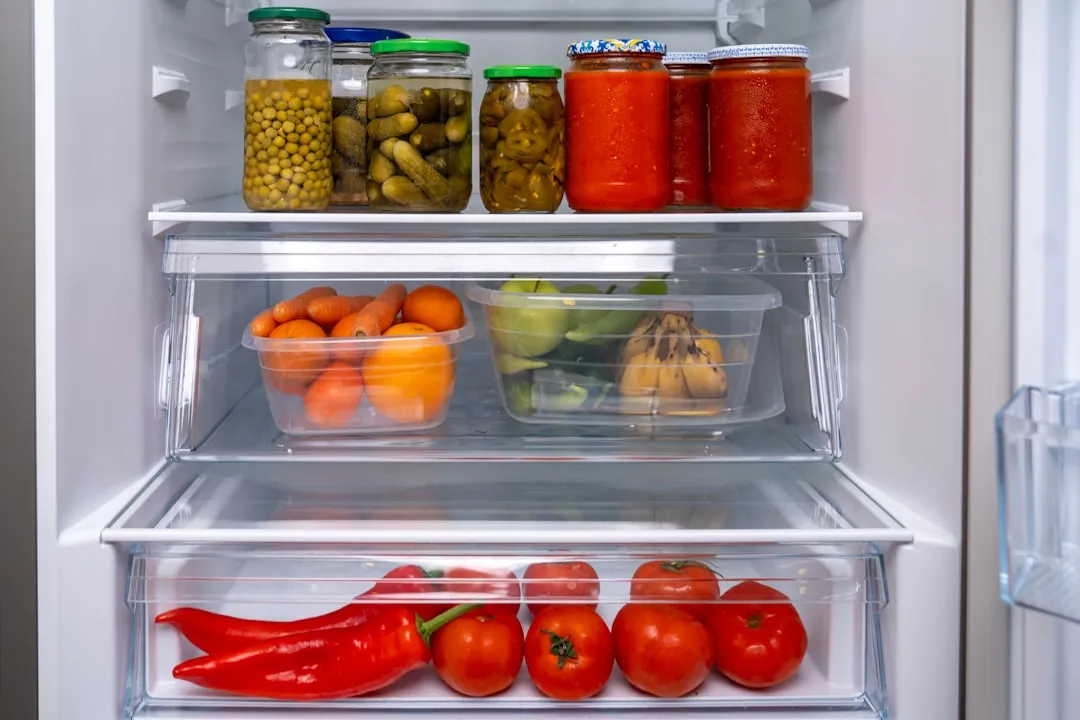


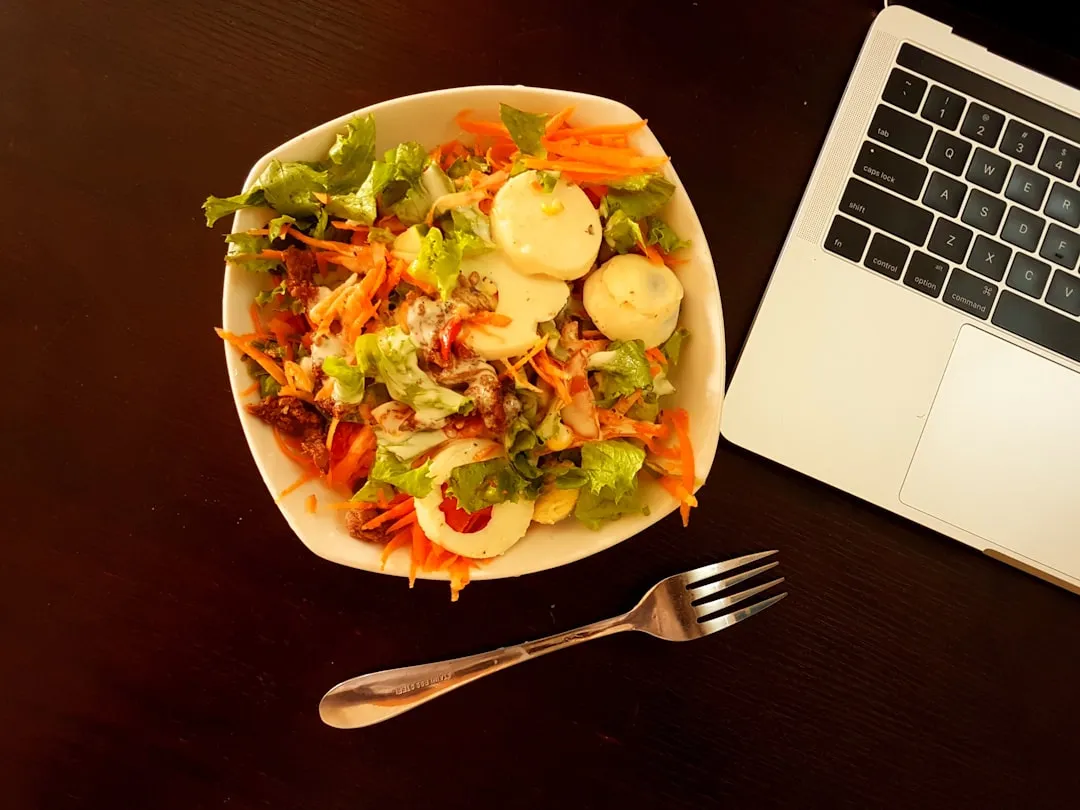

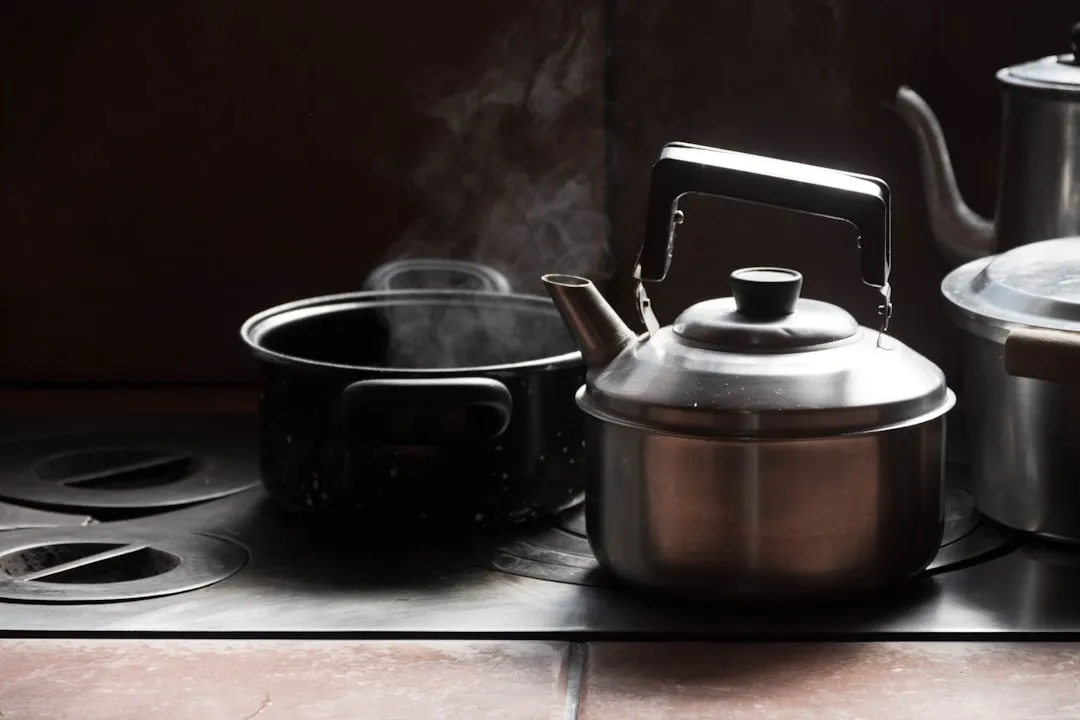

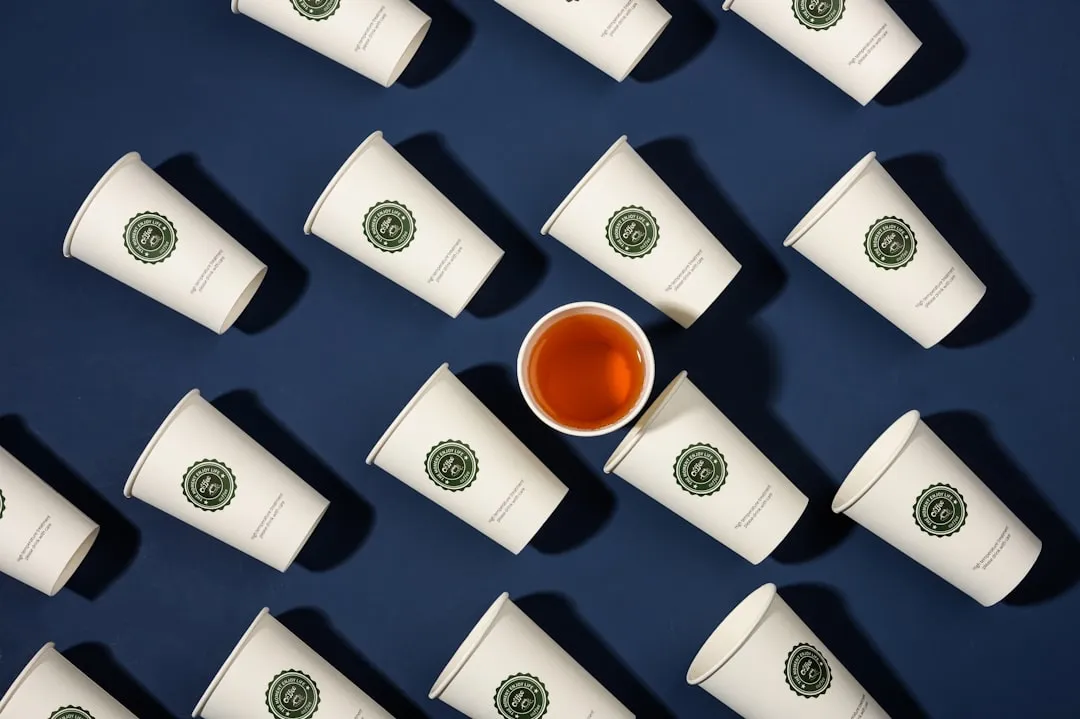









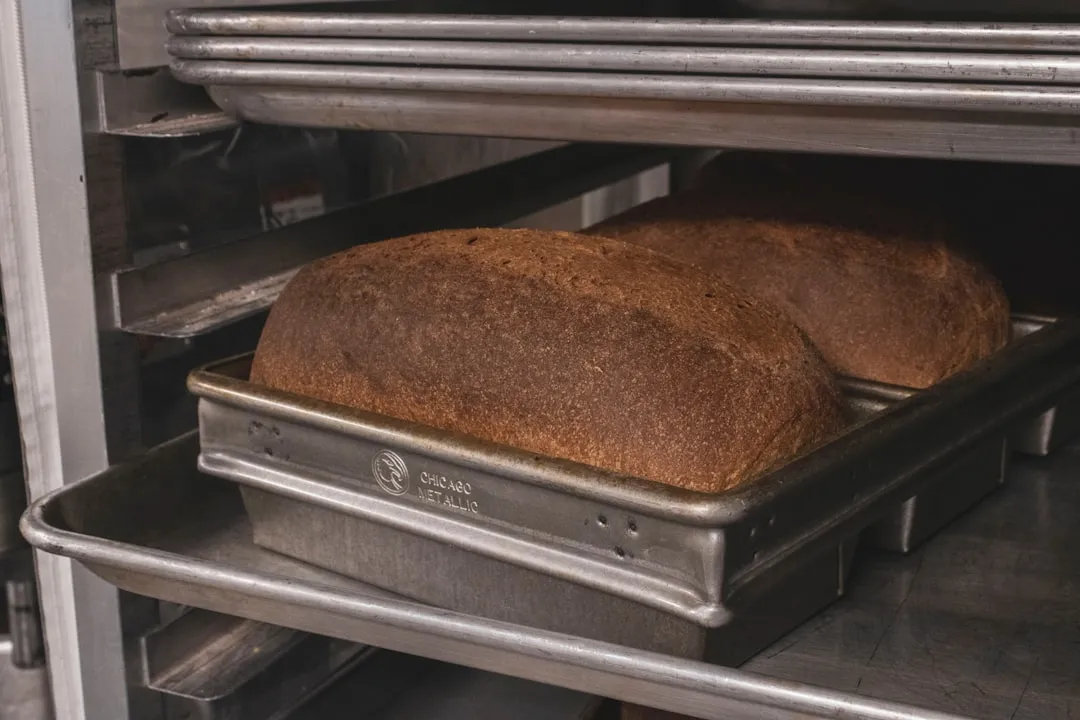
Comments
Be the first, drop a comment!